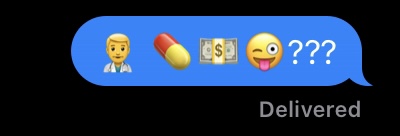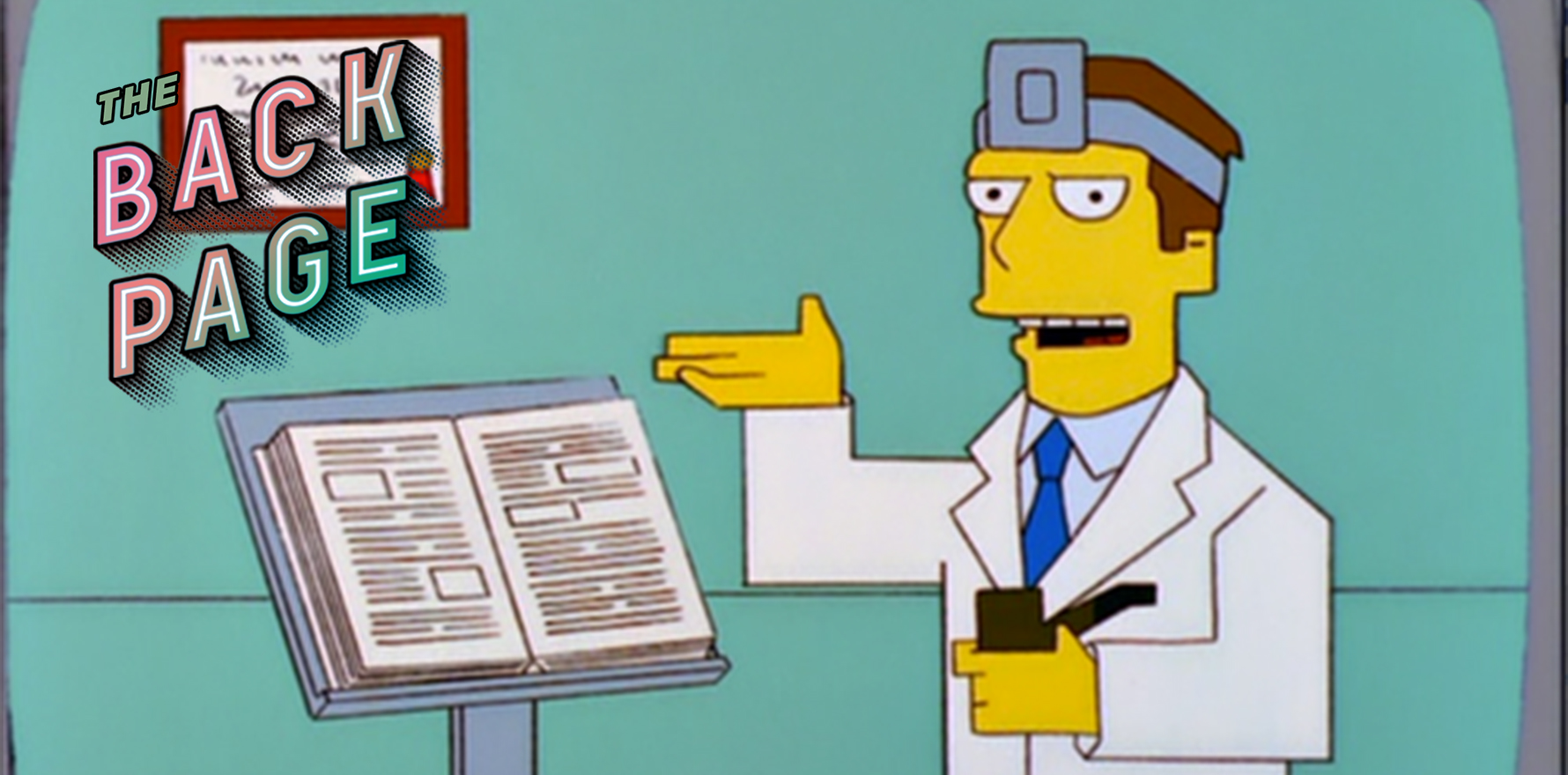When things get personal, you may not want to speak to a person.
If there’s been one upside to the outbreak of covid-19, it’s the global normalisation of the mask.

You might disagree, but your Back Page correspondent is thoroughly enjoying the social anonymity that a face-mask affords. Now there’s less chance of recognising a high school sweetheart or old office acquaintance on the street, I can enjoy my one-hour daily stroll without fear of being ambushed in an awkward catch-up.
The same goes for doctor’s appointments. In the past you may have felt too embarrassed to raise your more personal afflictions in a face-to-face setting, but with you and your doctor hidden behind a layer of cloth, maybe you’ll have the confidence to just let it all out (medically speaking).

A recent study published in Behaviour & Information Technology suggests that in the age of telehealth and zoom consultations, a digital mask, or “avatar”, could present an even better solution to medical shyness.
The study’s almost 350 participants were asked to disclose information across a range of topics to either a human or an anonymous avatar. The researchers found that while participants generally preferred to share information with another human, they were more likely to prefer an avatar if that information was embarrassing. When you find out that the topics included “committed crime”, “erectile dysfunction” and “smelly private parts”, this result is not surprising.
Given that disclosing potentially embarrassing information is essential to receiving effective medical care, the importance of finding novel technological ways to improve patient/doctor communication is evident.
Another study from the JAMA suggests that emojis could help patients better communicate their needs to doctors.
According to senior author Dr Shuhan He, “Emoji could be particularly important in treating children with still-developing language skills, people with disabilities that impair their ability to communicate, and the many patients who speak a different language.
“It’s tempting to dismiss emoji as a millennial fad, but they possess the power of standardization, universality and familiarity, and in the hands of physicians and other health care providers could represent a new and highly effective way to communicate pictorially with patients.”
Which is all well and good, but why did I get in trouble when I texted this to my GP?

If you see something embarrassing, say something anonymously to felicity@medicalrepublic.com.au.


